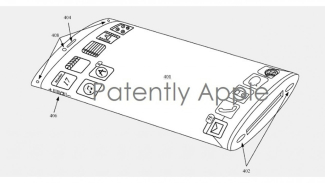- Imperial College London
VIVA – Scientists hope string satellites through space so that we can more easily communicate with other worlds. The concept was inspired by the Pony Express which used messages relayed by riders on horses to cross the US.
It operated for just 18 months around 1860 before it was overtaken by the telegraph, but may live on in an entirely new form, researchers hope.
In the Earth-bound polar express, letters were sent between stations that would relay messages. The Solar System Pony Express, or SSPE, would use much the same system, except with satellites flying back and forth in space.
That could allow for much better communication with the spacecraft that are traveling through the solar system, exploring other worlds such as Mars and beyond.
Planet Mars.
- DW/NASA
Currently, such communications rely on the Deep Space Network, a set of ground-based equipment that can transmit messages to NASA spacecraft. But the network is limited, both in terms of speed and the amount of data it can carry at once.
Scientists hope that SSPE can help the system become faster and more capable. It will work by sending out 'data mules' that are made up of small spacecraft and can travel to somewhere like Mars to deliver messages.
"Solar System Pony Express is a mission concept that aims to augment the data transmission capabilities of the Deep Space Network using the idea of a data mule," says Robyn Woollands, from the University of Illinois Urbana-Champaign.
However, it would arrive at Mars and land near the probe's transmitter. They would then carry the data back to Earth, where it could be sent back to the receiver.
Using low thrust and the gravity of the Sun, Earth, and Mars, spacecraft can travel in space without using large amounts of resources, as reported by the independent site.
That's partly due to the development of ion engines, which are more efficient than widely used chemical engines, and light enough that they can be launched more cheaply.
"Our study revealed that the total volume of data returned during the simulated mission exceeded our target of 1 Petabit per year," said Alex Pascarella, Ph.D. student of Robyn Woollands in a statement.
The idea is detailed in the paper Low-thrust trajectory optimization for the solar system pony express, published in the journal Acta Astronautica.


























